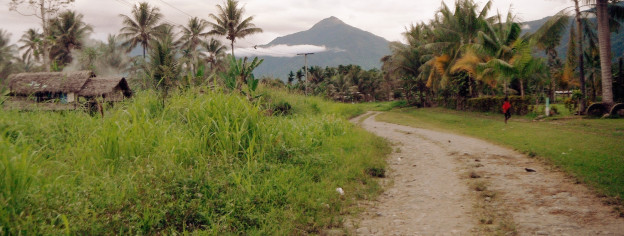In 1942, the Kokoda Track area was the scene of bitter fighting as the Australian Army fought to defend Port Moresby from advancing Japanese forces. Today, walking the track has become a pilgrimage for many Australians, and those honouring the ANZAC spirit. One of the world’s great treks, the Kokoda Track links the south and north coast of Papua New Guinea across 96 kilometres of rugged mountain terrain, tropical rainforest and unspoiled villages.
Whether you’re already registered for a Kokoda trip or are trying to decide whether you can do it or not (hint: you can!), we’ve put together a handy guide of things you should know before you head off to PNG.
The history
74 years ago, one of the bloodiest campaigns of WWII took place – the battle for Port Moresby. On July 21, 1942, the Japanese troops landed on the northern coast of what was then known as New Guinea and unexpectedly began to March over the Owen Stanley Ranges with the resolve of capturing Port Moresby. The most direct way across the rugged mountains was by a jungle path known as the Kokoda Track. Our brave Australian soldiers fought the Japanese and tried to keep them from reaching Port Moresby, and trying to push them back over the Owen Stanley Ranges to their north coast strongholds.
If not for our soldiers and their sacrifices, Australia would have come under dire threat, and probably would not be the same country it is today. Kokoda is arguably Australia’s most significant campaign of WWII, and more Australians died in the seven months of fighting in Papua, with the Japanese coming closer to Australia than in any other campaign. Over 600 Australians died and about 1,680 were wounded.
For many Australians, trekking the Kokoda Track is a way to pay homage to those who lost their lives protecting our country. Some trek in honour of family and loved ones lost, others trek to pay their respect. No matter what your reason for taking on Kokoda, it is as much a physical challenge as an emotional one.


A typical day on the track
Most mornings it’s rise and shine at 5am, with breakfast served at 5.30am. You’re looking at cereal, bread, fritters and fruit when available. Teeth are brushed, bags are packed and you’re off trekking by 6am to take advantage of the cool morning temperatures. You’ll usually walk for about an hour and then take a 5-minute break and continue.
Morning tea offers a nice reprieve where you’re treated to tea, coffee, milo and much-needed snacks. You’ll trek for another 2-3 hours before stopping for lunch, which varies from noodles to salada biscuits, mountain bread, cheese, salami, tuna and fruit with tea and coffee. Then … more trekking.
You arrive at your campsite between 2-5pm depending on the pace of the group and the distance covered that day. You’re then free to shower, swim or relax before dinner, which varies from pasta with mince and veggies, fried rice, curry and casserole. You then have time to relax before doing it all again tomorrow!
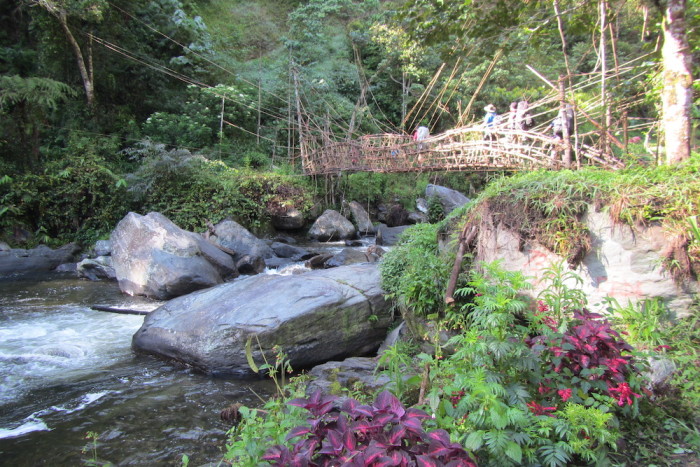
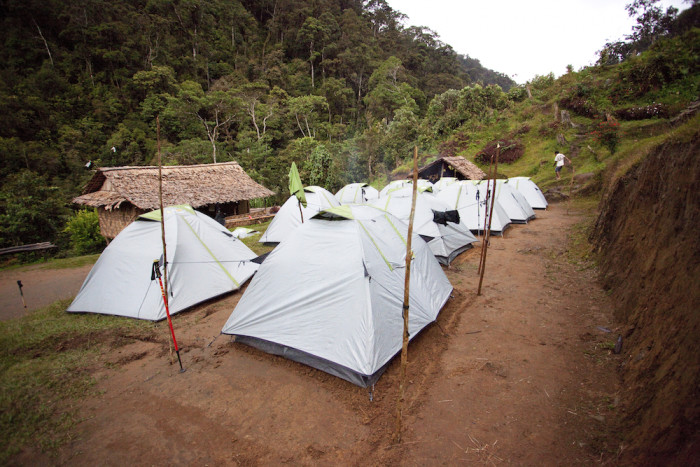
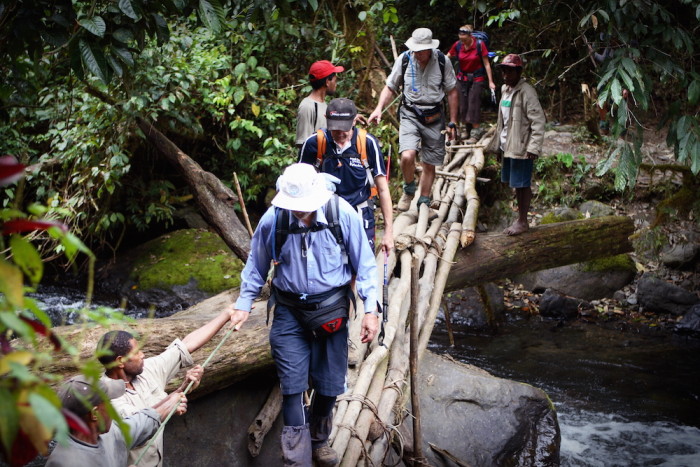

Respecting the land and local culture
Papua New Guinea is rife with colourful culture with over 600 islands and 800 indigenous languages spoken. The main languages spoken throughout PNG are Pidgin, English and Motu. The population currently stands at about seven million, with one third of the locals living in the rugged highlands. Traditional culture is very much alive with locals making a living from agriculture, gardening, fishing and crafting. Most of the land is owned by a community or villages, and often you will need to ask for permission to enter their land. It’s important you adhere to the customs of the people such as dressing modestly, respecting the local wildlife and not leaving a trace on the Track for minimal impact on the environment and communities. You will find most locals to be extremely welcoming and the village kids are always curious about new visitors!


Top training tips
This is a big one: the fitter you are, the more you will enjoy the trek. No matter what, it’s going to be tough. Each day you can expect long hours walking in the humidity with terrain that constantly ascends and descends, muddy tracks, trekking through and across rivers all with about 5kg on your back. So the more you train, the less you’ll struggle. Simple!
Try things like hill training and long (very long) bush walks. It’s also very beneficial to train with weights in a backpack to mimic the kind of weight you’ll be carrying on your trek. It’s quite hard to prepare for the humidity but you can try getting out and walking while the sun’s out and it’s hot.
Don’t be deterred – every years thousands of everyday Aussies just like you trek the Kokoda Track. Just remember that preparation (preferably 3 months beforehand) is key. Another thing to remember that will make your Kokoda experience that much better is – as the PNG locals say – is to remain relaxed.
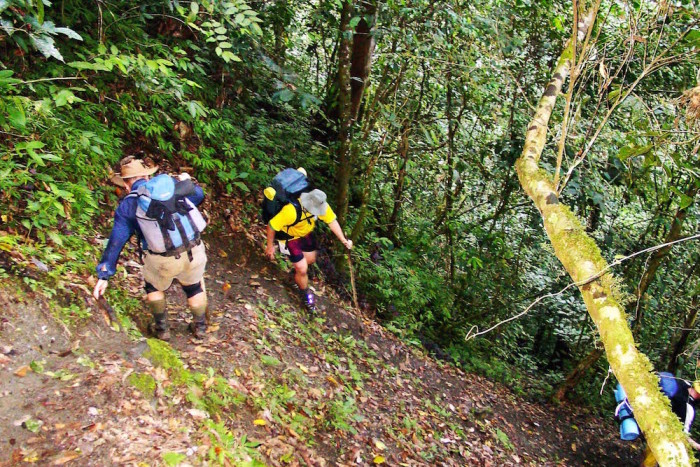
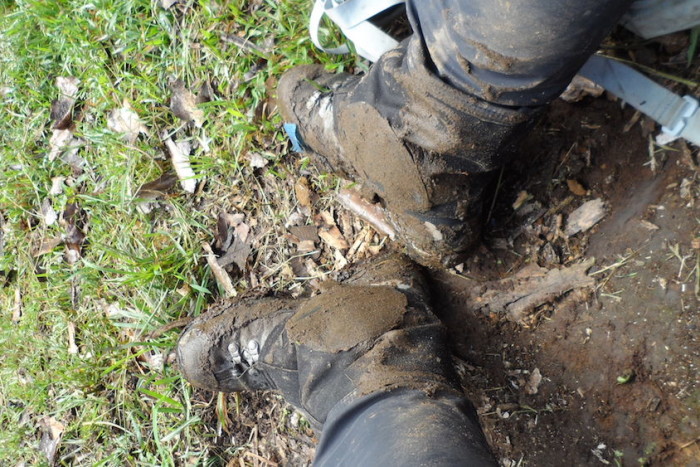
Related articles:
Feeling inspired?
Check out our upcoming Kokoda challenges in 2017!
![]() @INSPIREDADVENTURES
@INSPIREDADVENTURES
[mgl_instagram_user username=”inspiredadventures” cols=”6″ number=”6″]

